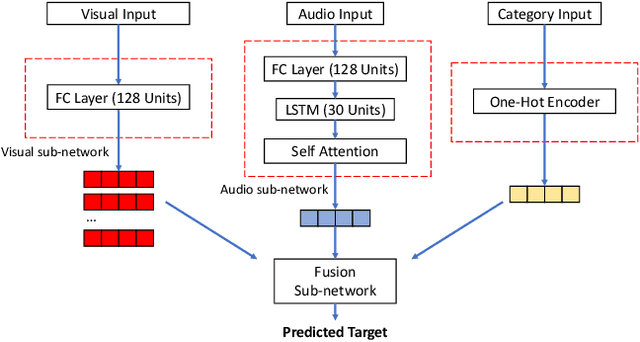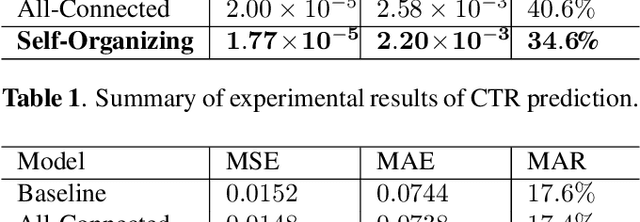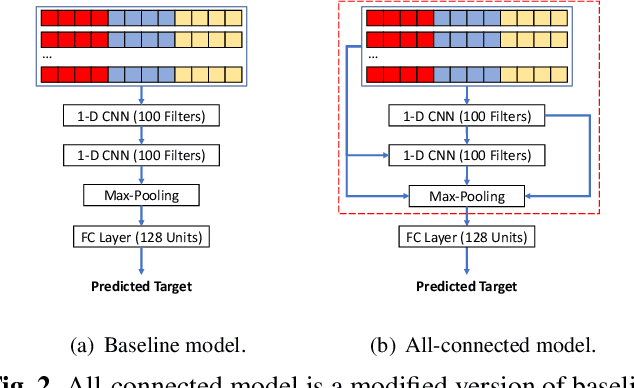Yunjie Zhang
Multi-Robot Pursuit in Parameterized Formation via Imitation Learning
Oct 31, 2024



Abstract:This paper studies the problem of multi-robot pursuit of how to coordinate a group of defending robots to capture a faster attacker before it enters a protected area. Such operation for defending robots is challenging due to the unknown avoidance strategy and higher speed of the attacker, coupled with the limited communication capabilities of defenders. To solve this problem, we propose a parameterized formation controller that allows defending robots to adapt their formation shape using five adjustable parameters. Moreover, we develop an imitation-learning based approach integrated with model predictive control to optimize these shape parameters. We make full use of these two techniques to enhance the capture capabilities of defending robots through ongoing training. Both simulation and experiment are provided to verify the effectiveness and robustness of our proposed controller. Simulation results show that defending robots can rapidly learn an effective strategy for capturing the attacker, and moreover the learned strategy remains effective across varying numbers of defenders. Experiment results on real robot platforms further validated these findings.
Short Video-based Advertisements Evaluation System: Self-Organizing Learning Approach
Oct 23, 2020



Abstract:With the rising of short video apps, such as TikTok, Snapchat and Kwai, advertisement in short-term user-generated videos (UGVs) has become a trending form of advertising. Prediction of user behavior without specific user profile is required by advertisers, as they expect to acquire advertisement performance in advance in the scenario of cold start. Current recommender system do not take raw videos as input; additionally, most previous work of Multi-Modal Machine Learning may not deal with unconstrained videos like UGVs. In this paper, we proposed a novel end-to-end self-organizing framework for user behavior prediction. Our model is able to learn the optimal topology of neural network architecture, as well as optimal weights, through training data. We evaluate our proposed method on our in-house dataset. The experimental results reveal that our model achieves the best performance in all our experiments.
 Add to Chrome
Add to Chrome Add to Firefox
Add to Firefox Add to Edge
Add to Edge